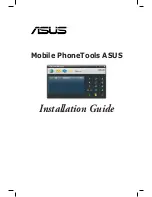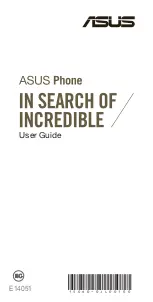
16
Te
mplat
e
G
o
, V
e
rs
ion 1
, 01.
07
.2
014
/ M
odu
leV
e
rs
ion 1
.0
Appendix
Gigaset A116 / LUG GR-MEA-International en / A31008-M2801-R101-1-8N19 / appendix_legal.fm / 7/27/16
Disposal
Batteries should not be disposed of in general household waste. Observe the local waste dis-
posal regulations, details of which can be obtained from your local authority.
All electrical and electronic equipment must be disposed of separately from general household
waste using the sites designated by local authorities.
I
f a product displays this symbol of a crossed-out rubbish bin, the product is subject to
European Directive 2012/19/EU.
The appropriate disposal and separate collection of used equipment serve to prevent
potential harm to the environment and to health. They are a precondition for the re-
use and recycling of used electrical and electronic equipment.
For further information on disposing of your used equipment, please contact your local author-
ity or your refuse collection service.
Care
Wipe the device with a
damp
cloth or an antistatic cloth. Do not use solvents or microfibre
cloths.
Never
use a dry cloth; this can cause static.
In rare cases, contact with chemical substances can cause changes to the device’s exterior. Due
to the wide variety of chemical products available on the market, it was not possible to test all
substances.
Impairments in high-gloss finishes can be carefully removed using display polishes for mobile
phones.
Contact with liquid
If the device comes into contact with liquid:
1
Disconnect the power supply.
2
Remove the batteries and leave the battery compartment open.
3 Allow the liquid to drain from the device.
4 Pat all parts dry.
5 Place the device in a dry, warm place
for at least 72 hours
(
not
in a microwave, oven etc.)
with the battery compartment open and the keypad facing down (if applicable).
6
Do not switch on the device again until it is completely dry.
When it has fully dried out, you will normally be able to use it again.







































